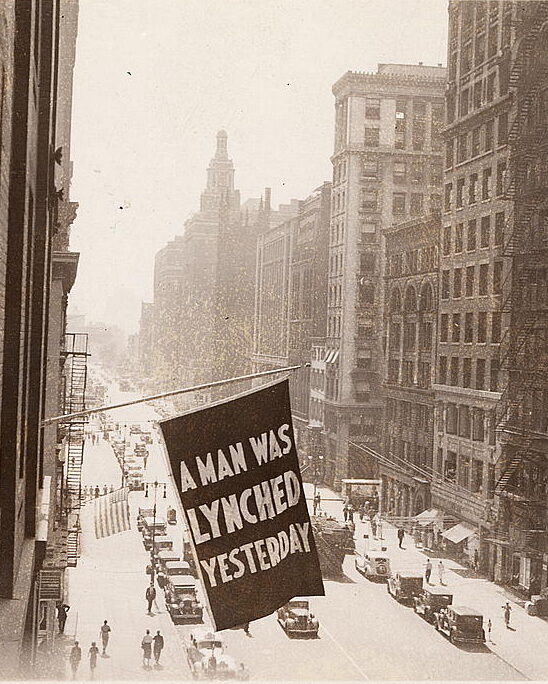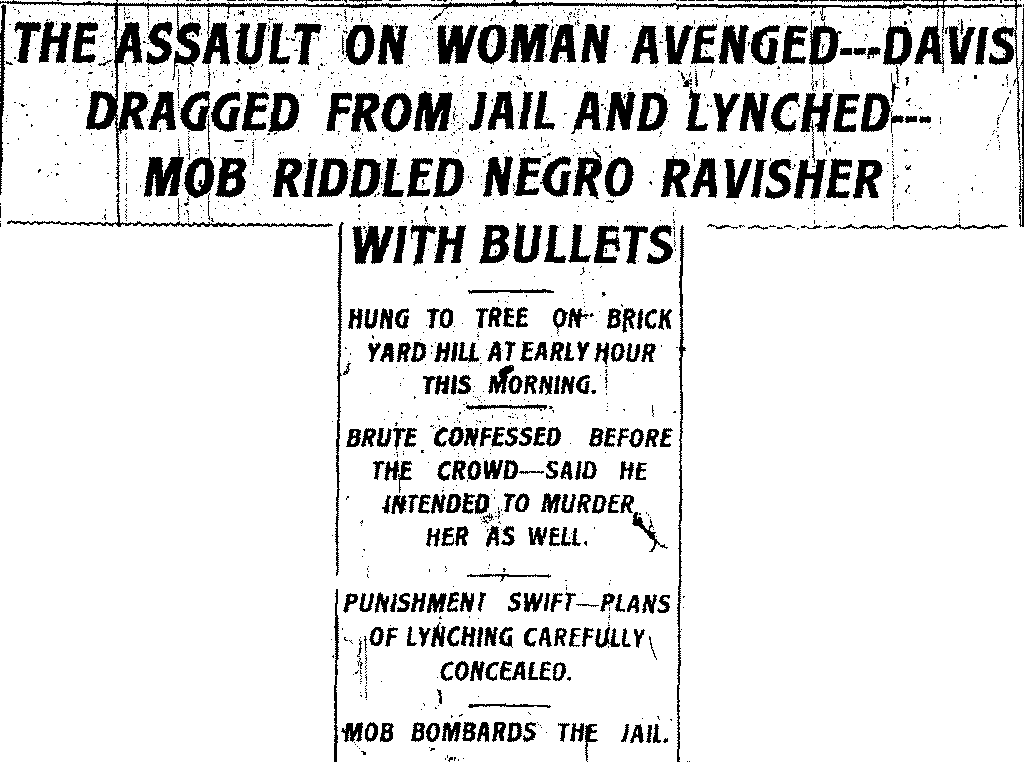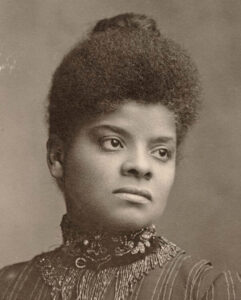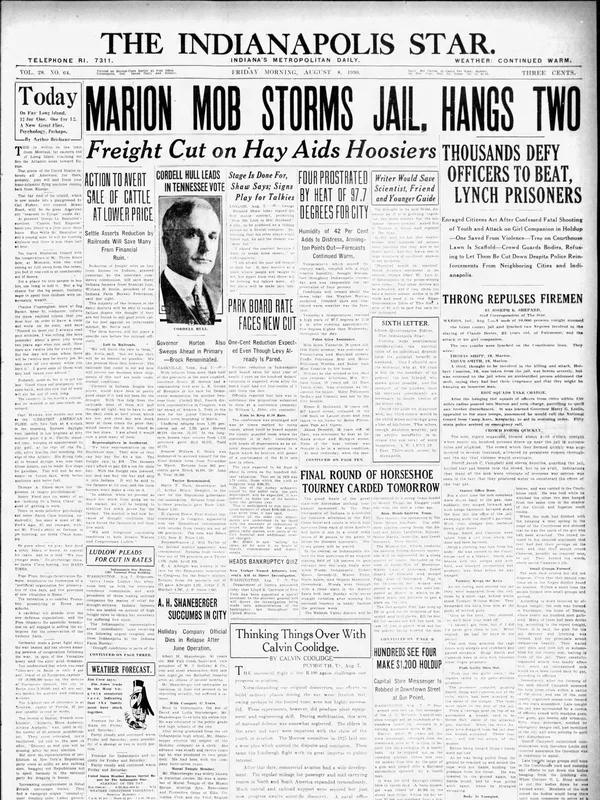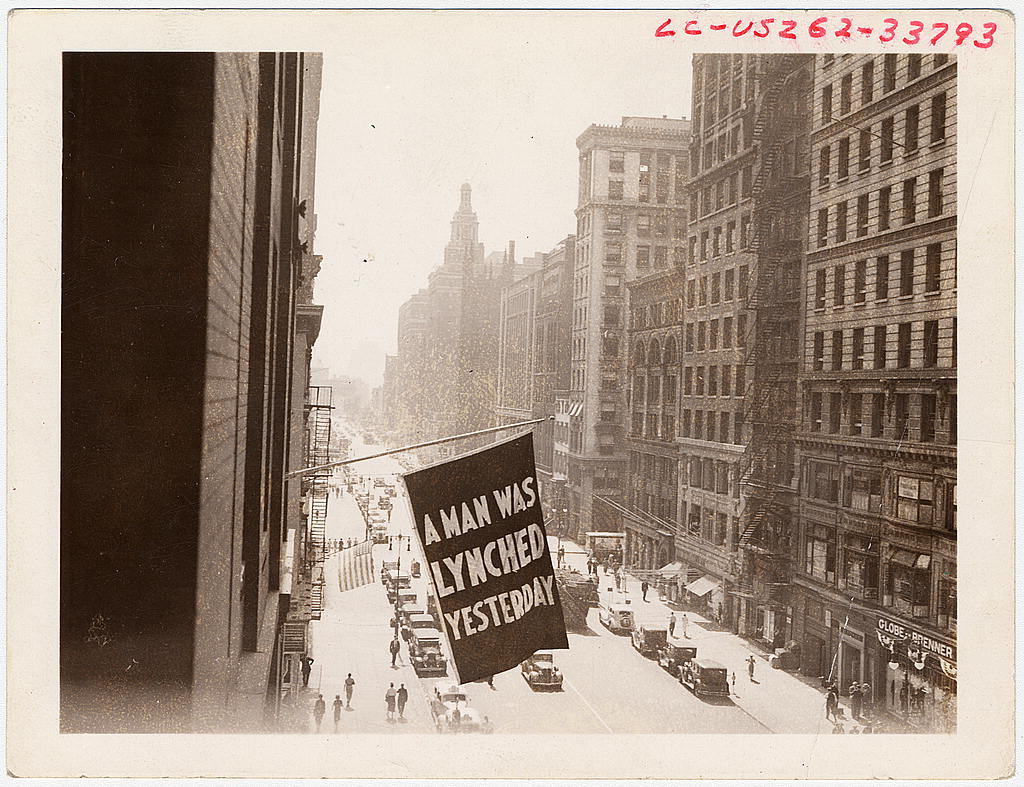Last updated July 10, 2025.
*Trigger Warning*: This post speaks extensively about racially-motivated, extrajudicial murders perpetuated against the Black community in the United States. It also includes graphic images. Discretion is advised.
~~~~~~~~~~~~~~~~~~~~~~~~~~~~~~~~~~~~~~
This post catalogues the stories of all of the known victims of racial terror lynching in the United States. Specifically, it memorializes the victims of systemic lynching perpetuated against the Black community after the end of enslavement. It will be updated regularly with new victims on the anniversary of their deaths. We will update as frequently as possible, but please keep in mind our limited capacity.
The first victim we are honoring is John Simms, one of five known victims of racial terror lynchings in Anne Arundel County, Maryland. Little is known about him beyond his lynching.
If you want to learn more about the history of racism and racially-motivated violence in the U.S., please visit EJI.org.
If you want to learn about your own advocacy efforts in memorializing victims of lynching, please feel free to reach out to the Maryland Lynching Memorial Project for guidance (no matter where you are in the country, they have some of the leading national experts in honoring and educating on this history).
And feel free to suggest known victims that you want to see honored.
Listen to songs related to this post on our Youtube channel.
